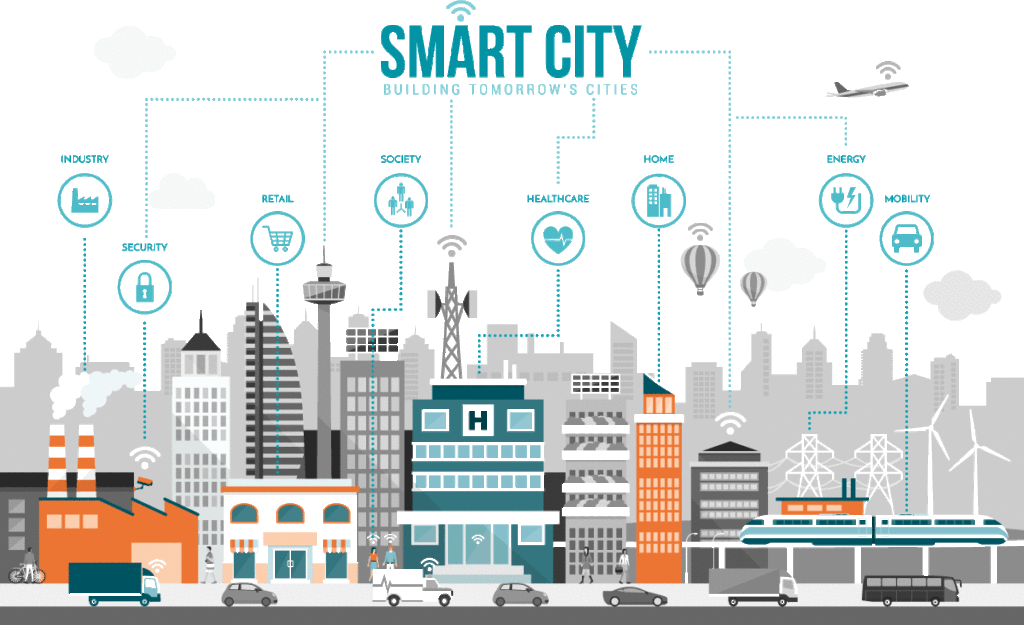Here’s the summary of an article sent to me by Nigel Colenso. When I read it, I kept saying “yes” as when I reflect on the City Plan which was imposed on this City it is a potential disaster. I also thought about Jim Lunday’s talk a few weeks ago and wondered what Jim would make of this.

This is a summary of the article:
The smart city of the future will use data from buildings and other infrastructure to inform city officials’ decisions, but rigid, citywide master plans are losing favour. Approaches that are on the rise involve a human-centric focus, financing such as bonds and grants, and community-first rather than city-first thinking.
Listed below are the top macroeconomic trends in smart cities, as identified by GlobalData.
A more human approach
The term ‘smart city’ implies a strong focus on technology. However, most ambitious cities recognise that becoming smart isn’t just about the technology but about the benefits it brings on a human level. Over the past few years, the smart city approach has changed markedly. Instead of being driven by technology, leaders of smart cities now understand that technology is only the enabler for reaching governmental, economic, and societal goals.
From capex to opex
There are currently several ways in which a smart city can get access to finance and funding. These are through bonds, taxation, or even central government grants. Local government’s familiar, tried and tested capital expenditure route will be replaced by alternative hybrid approaches. These are likely to be a mix of capex and operating expenditure.
Not just cities, but communities
Smart cities are typically larger urban centres, but the use of the term is evolving to include communities of all sizes. The goal is not only to create smarter urban areas but also to foster connections between communities. Intelligent communities adopt technology but do not actively make it their focus. Instead, they seek to find vision-driven, community-based solutions to their most urgent problems.
Long-term planning
Cities have typically built specific, siloed applications such as surveillance cameras, lighting, or traffic sensors. In 2020, a base infrastructure will be built from which all smart city applications will be supported. This approach avoids streets being dug up regularly to add more infrastructure for each new application. Cities will also work with IoT and networking vendors. This will enable them to develop long-term plans that can support both existing technology and future developments.
Regional cooperation
Regional collaboration to develop smart cities is taking place, especially in Asia. The Association of Southeast Asian Nations (ASEAN) members want to follow China and South Korea’s lead and increase their adoption of technology in urban areas. Japan is wielding its influence with 200 Japanese companies and organisations offering services to ASEAN states. Projects have been proposed in 26 cities, including Hanoi’s plan to develop a smart traffic control system and Mandalay’s introduction of a system to analyse and manage traffic data.
The decline of master plans
New York and Boston are among a group of cities that have moved away from developing rigid, city-wide digital master plans. This is because of the pace of technology change. According to New York’s deputy CTO, Jeremy Goldberg: “Technology is developing so rapidly that if you spend too much time on strategic planning you [risk] designing a plan that may not be relevant in a year.” Boston too does not have a technology-specific strategic plan, while West Hollywood and Montreal have also highlighted the need to have living, rather than static, strategy documents.
Pilot fatigue
Boston has signalled that large cities have had enough of ineffective pilot projects. In its Smart Cities Playbook, the city told suppliers that if a new technology or data set can help to solve a specific problem for a segment of Boston’s population, then city staff would be open to learning more. Boston said, “So far, many smart city pilot projects that we’ve undertaken here….have ended with a glossy presentation, and a collective shrug. Nobody’s really known what to do next, or how the technology and data might lead to new or improved services.” Vendors should adopt more city-centric language. For example, articulating the benefits about a particular product or service
Master new tech before it masters you
Many city planners find themselves on the back foot, reacting to new technology that finds its way onto city streets and sidewalks. San Francisco, for example, has become a testing ground for a range of technologies. These range from delivery robots to autonomous vehicles – that the city’s existing regulatory infrastructure was not equipped to oversee. San Francisco created an Office of Emerging Technology backed with $250,000 funding, giving tech companies and regulators a platform to manage the introduction of new technology.
Differing models
Sidewalk Labs’ approach for Toronto is top-down. However, Barcelona’s longstanding urban development offers an opposing bottom-up model and a more citizen-centric alternative. Barcelona has stipulated that the city’s data belongs to its citizens. Cities’ routes to becoming smart will depend on their size, history, geography, culture, and economic situation.
This is an edited extract from the Smart cities – Thematic Research report produced by GlobalData Thematic Research.
Leave a Reply